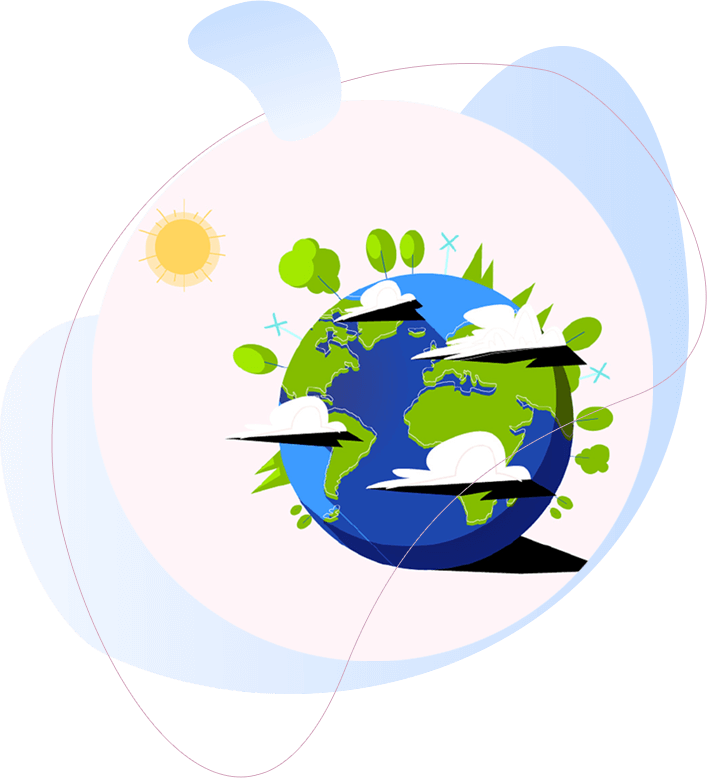There are around 500 Waste-to-Energy plants in Europe. They provide a plurality of features and services which contribute to Europe’s Circular Economy and to the European targets for carbon neutrality. Let’s discover some of them!

Waste-to-Energy technologies contain many hidden economic and ecological benefits. It is possible to see the effects of this technology in our daily lives without even realising it.

Did you know?

In Austria, Wien’s municipal waste management system is considered one of the most environmentally-friendly in the world. Wien has two Waste-to-Energy plants, famous for the brilliant architecture and state-of-the-art environmental technologies. In 2019, Wien has been named the most liveable city in the world for the tenth year in a row.
Most of the Waste-to-Energy plants in Europe implement the process of supplying steam to local industrial facilities. In Belgium, the ECLUSE network supplies steam to six chemical companies at the port of Antwerp, replacing the use of fossil-fuel fired boilers, and saving up to 100,000 tonnes of CO2 emissions per year. Also in Belgium, 40% of recycled metal packaging comes from Waste-to-Energy plants.
In Denmark, 99% of the bottom ash generated by the Waste-to-Energy plants is recovered and used as an aggregate for construction purposes. Also, Copenhagen hosts the first Waste-to-Energy plant with a ski slope on it, Copenhill, with plans to turn carbon-neutral by 2025 thanks to CCS!
In France, around 50% of Paris’ district heating network is supplied by the 3 Waste-to-Energy plants of the city, supplying all the hospitals of the city and most of its museums, including Le Louvre. Near Toulouse, an innovative heating network connects a Waste-to-Energy plant with a tomato greenhouse providing the required heat. Near Paris, the Waste-to-Energy plant in Créteil will have a production and distribution capacity of 500 kg/day of green hydrogen by the end of 2022.

In Germany, the municipal waste treated at the Waste-to-Energy plant in Wuppertal is used to generate hydrogen to power public transportation buses.
In Italy, the Waste-to-Energy plant in Brescia provides heat from non-recyclable waste to over 60.000 apartments trough over 670 km of district heating network.
In the Netherlands, all the Waste-to-Energy plants signed a “Green Deal Bottom Ash” with the Government guaranteeing the recovery of more than 75% of all non-ferrous metals. Granulates must be so clean that they can be 100% applied for useful purposes. Also in the Netherlands, the CO2 from the Waste-to-Energy plant of Duiven is captured and reused in horticulture.
In Norway, the Klemestrud Waste-to-Energy plant initiated a full-scale carbon capture and storage (CCS) project to capture around 400,000 tons of CO2 per year, up to 90% of the CO2 emissions generated by the plant.

In Spain, the Waste-to-Energy plant located in Barcelona provides 29MW cooling capacity to nearby businesses and households, including offices, hotels, a hospital, shopping centres and private residences.
About 99 % of all household waste in Sweden is recycled or reused and turned into energy or materials, with a zero-landfill approach.
In the UK, the Waste-to-Energy plant in Runcorn generates up to 564 GWh of electricity, enough to power the site itself and the equivalent to around 150,000+ homes. In addition, it generates 51 MW of heat for exclusive use by the nearby INOVYN chemical manufacturing site.
..and these are only some examples!
Take a journey through five stories to discover the hidden beauties of Waste-to-Energy technologies.
THE STORIES
